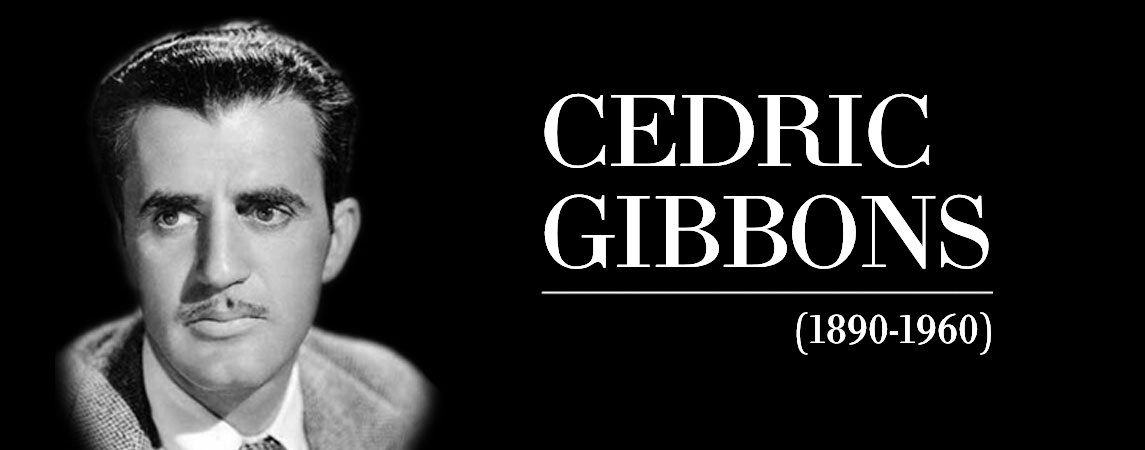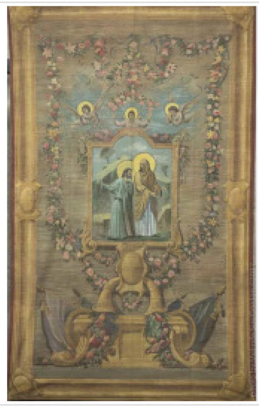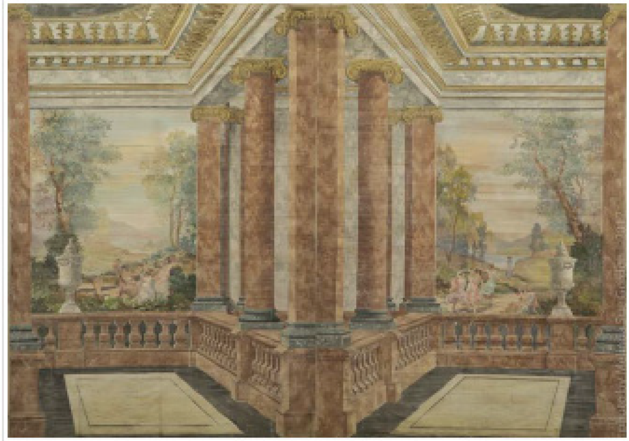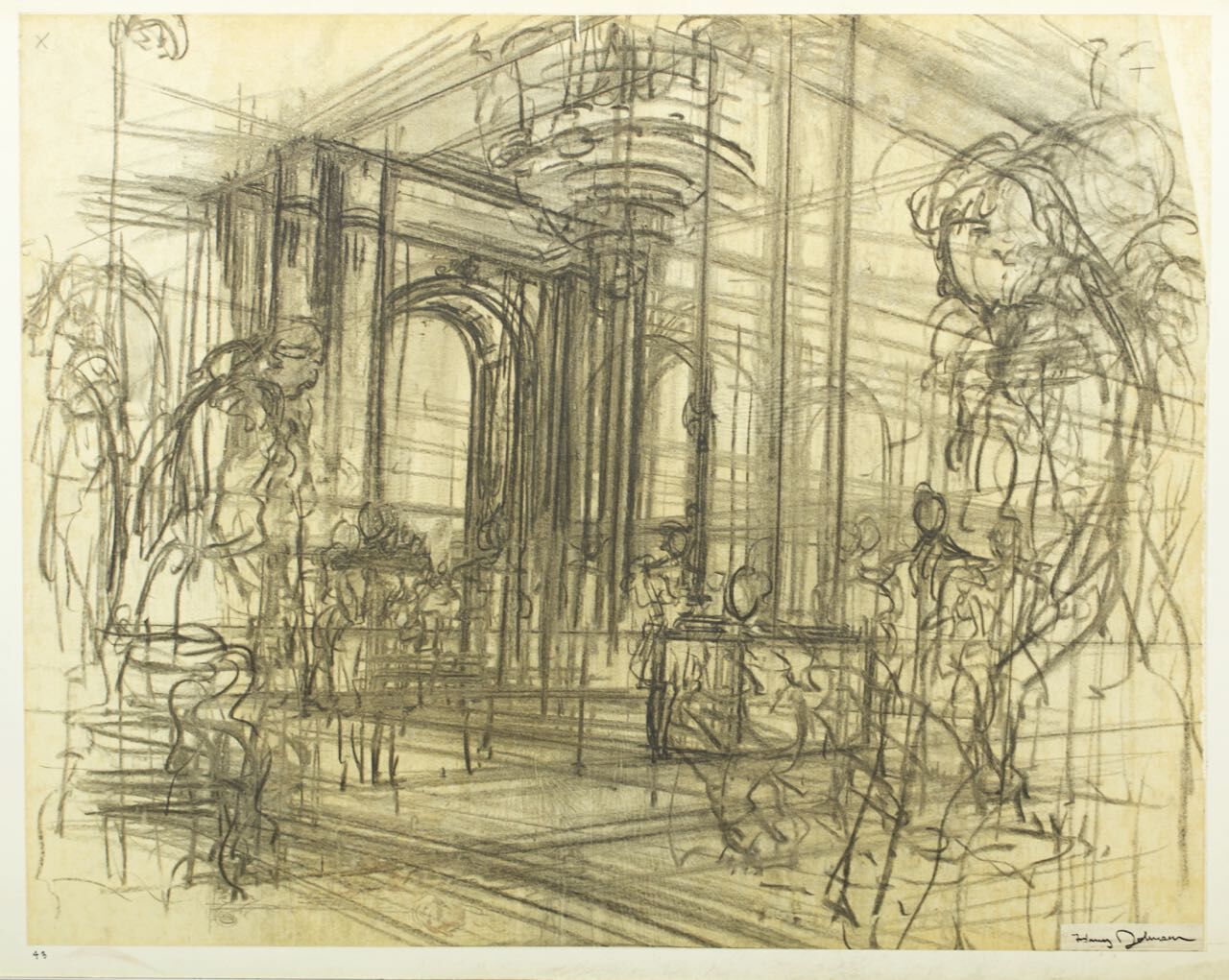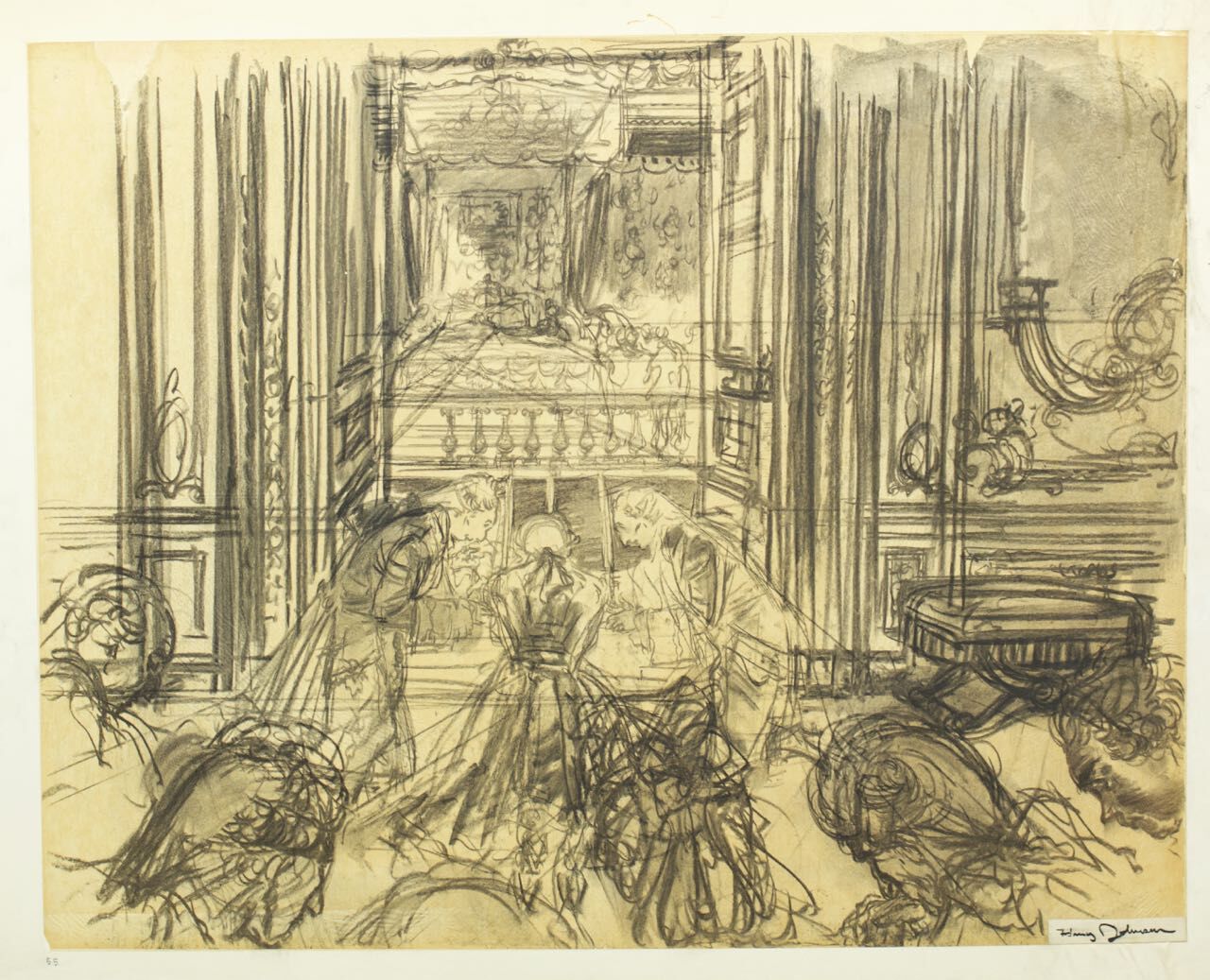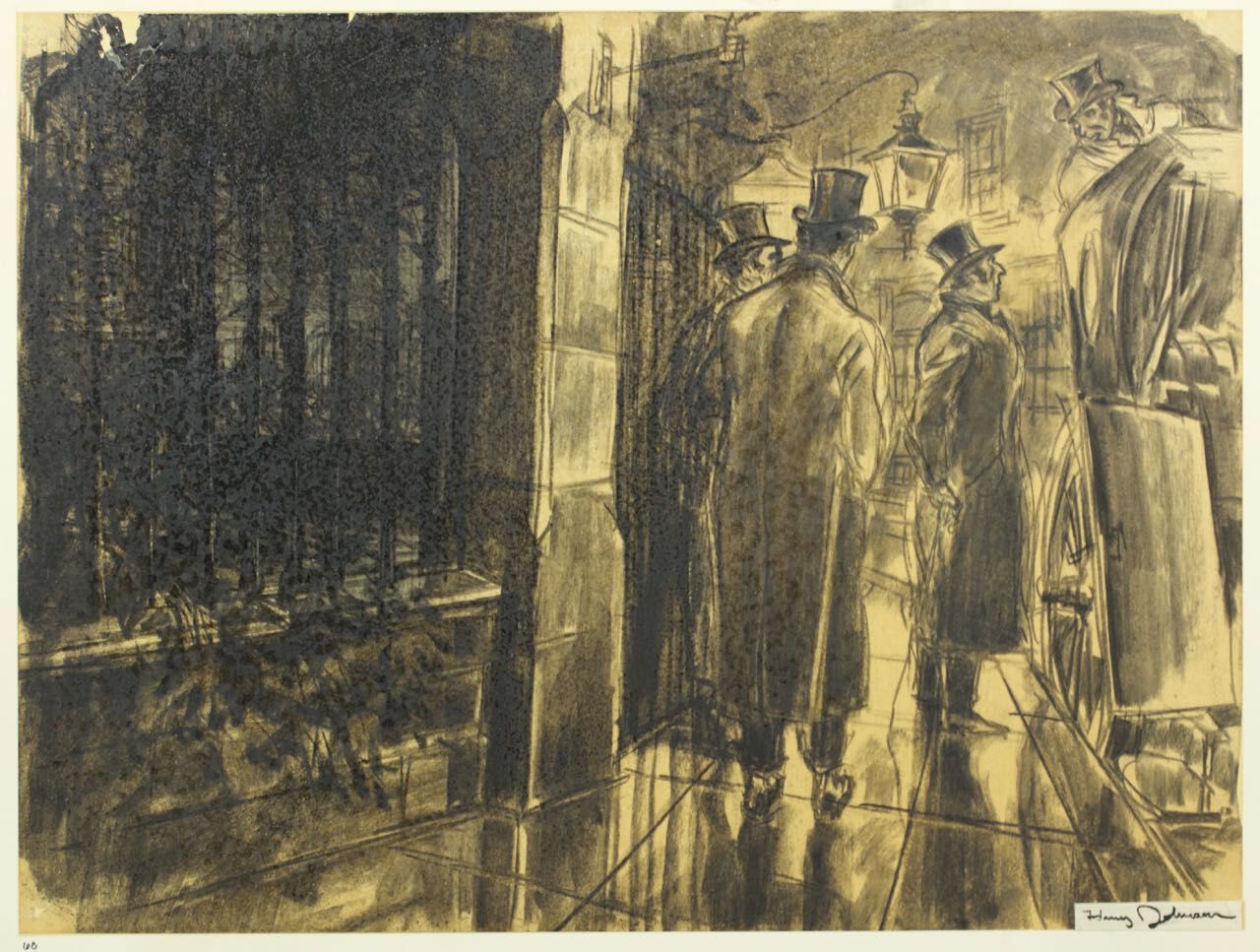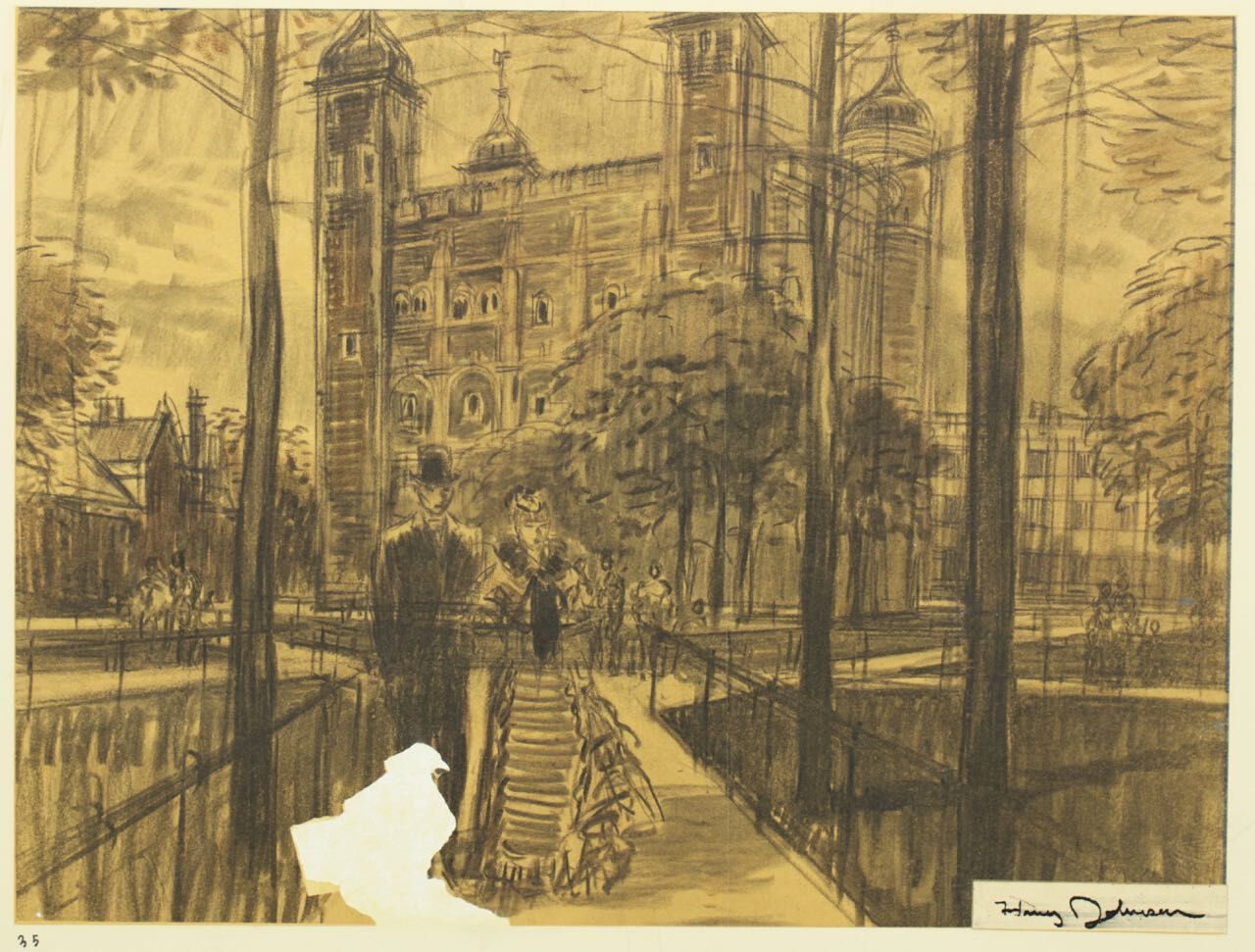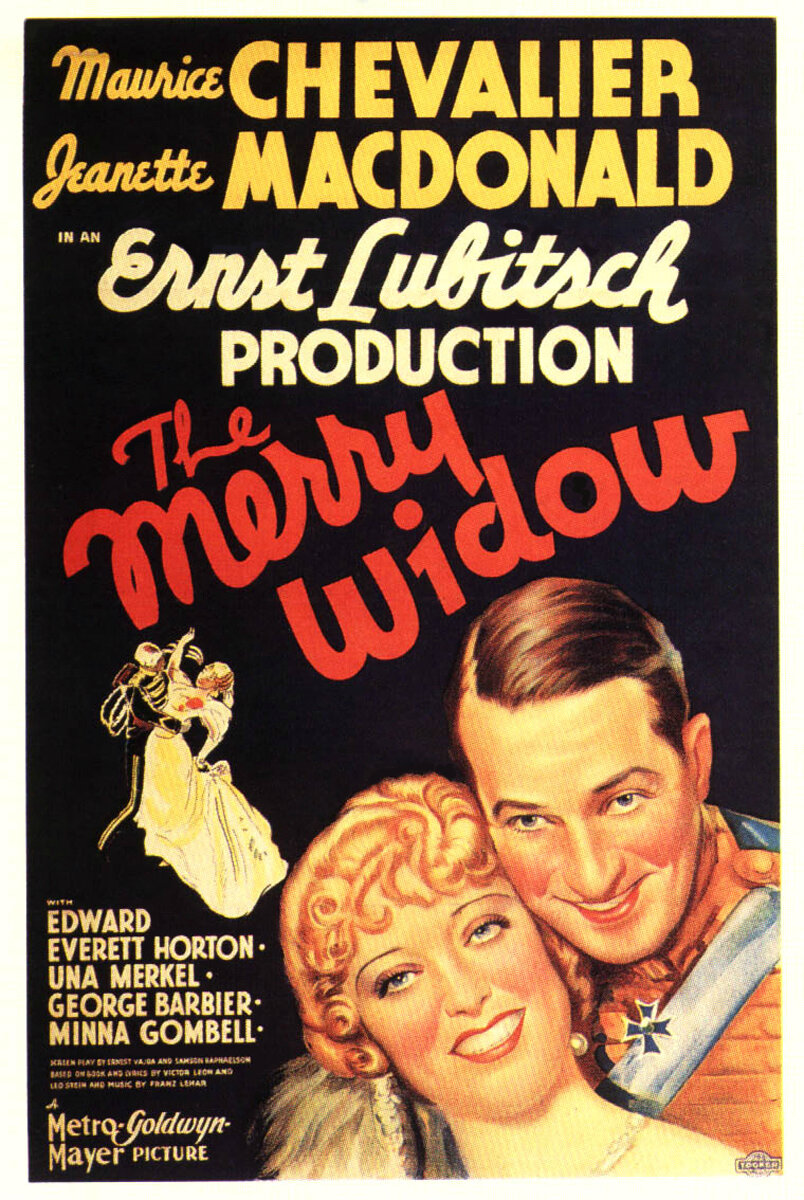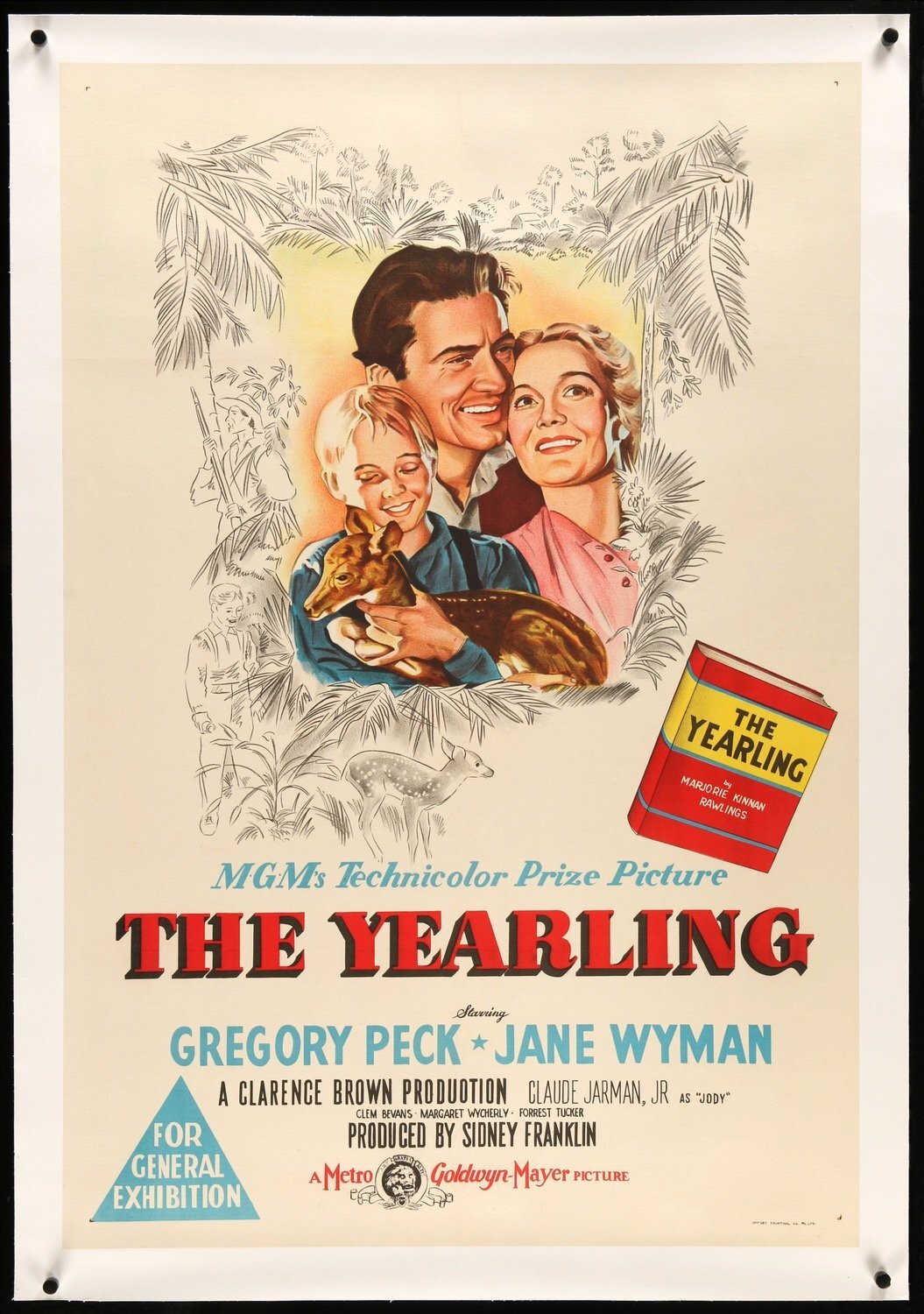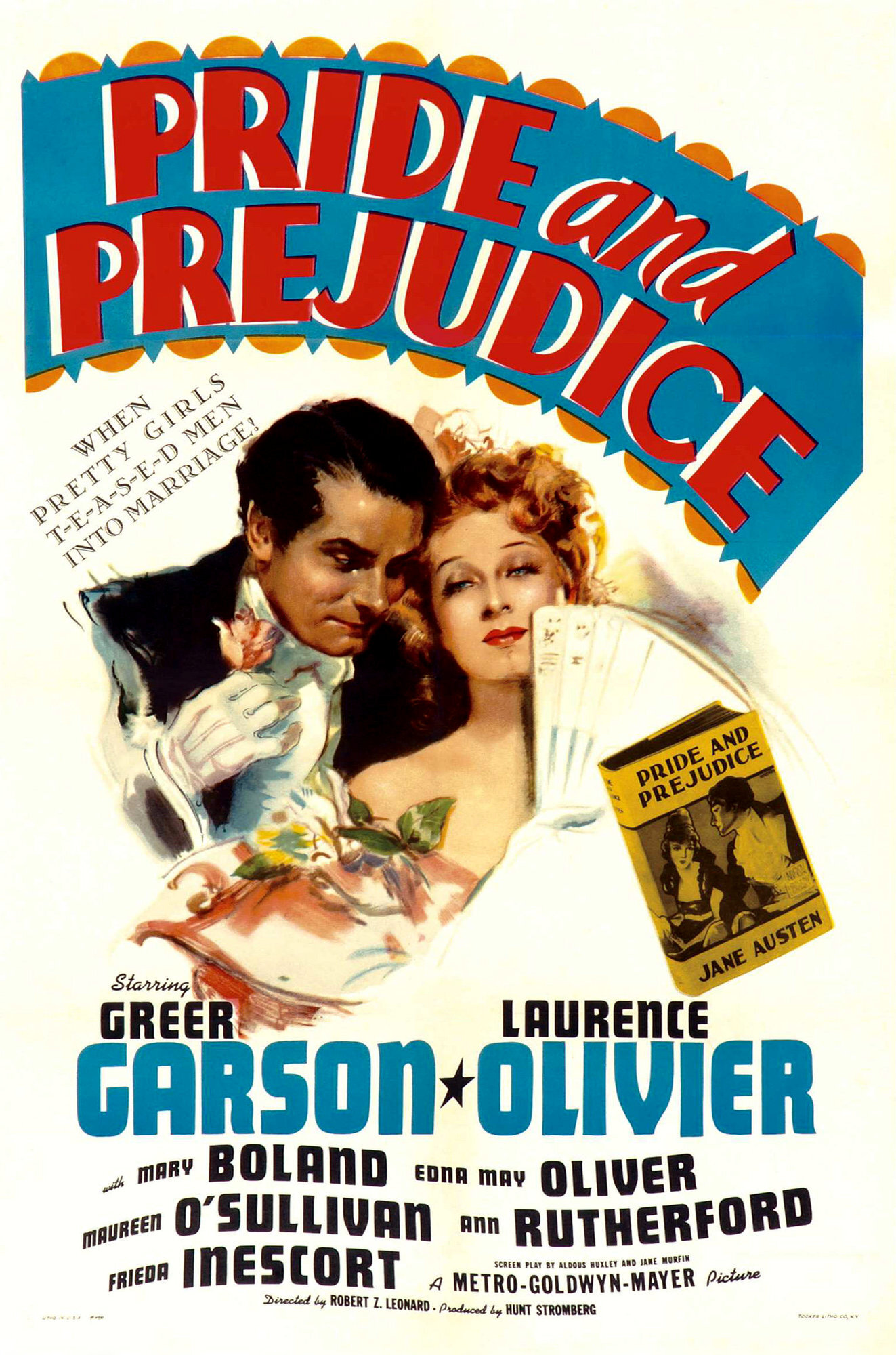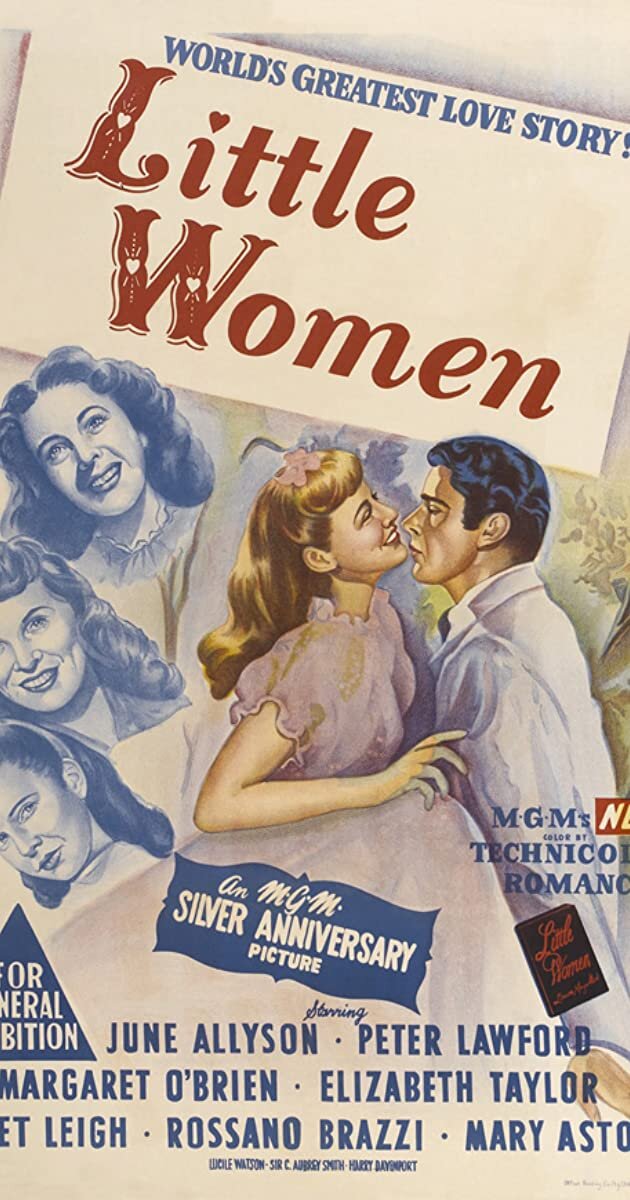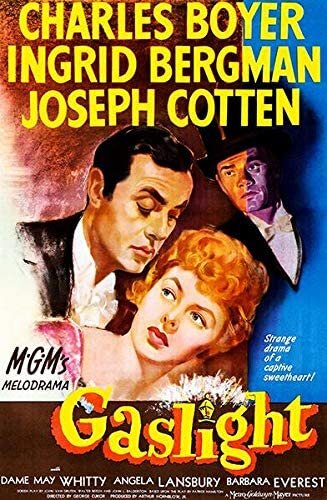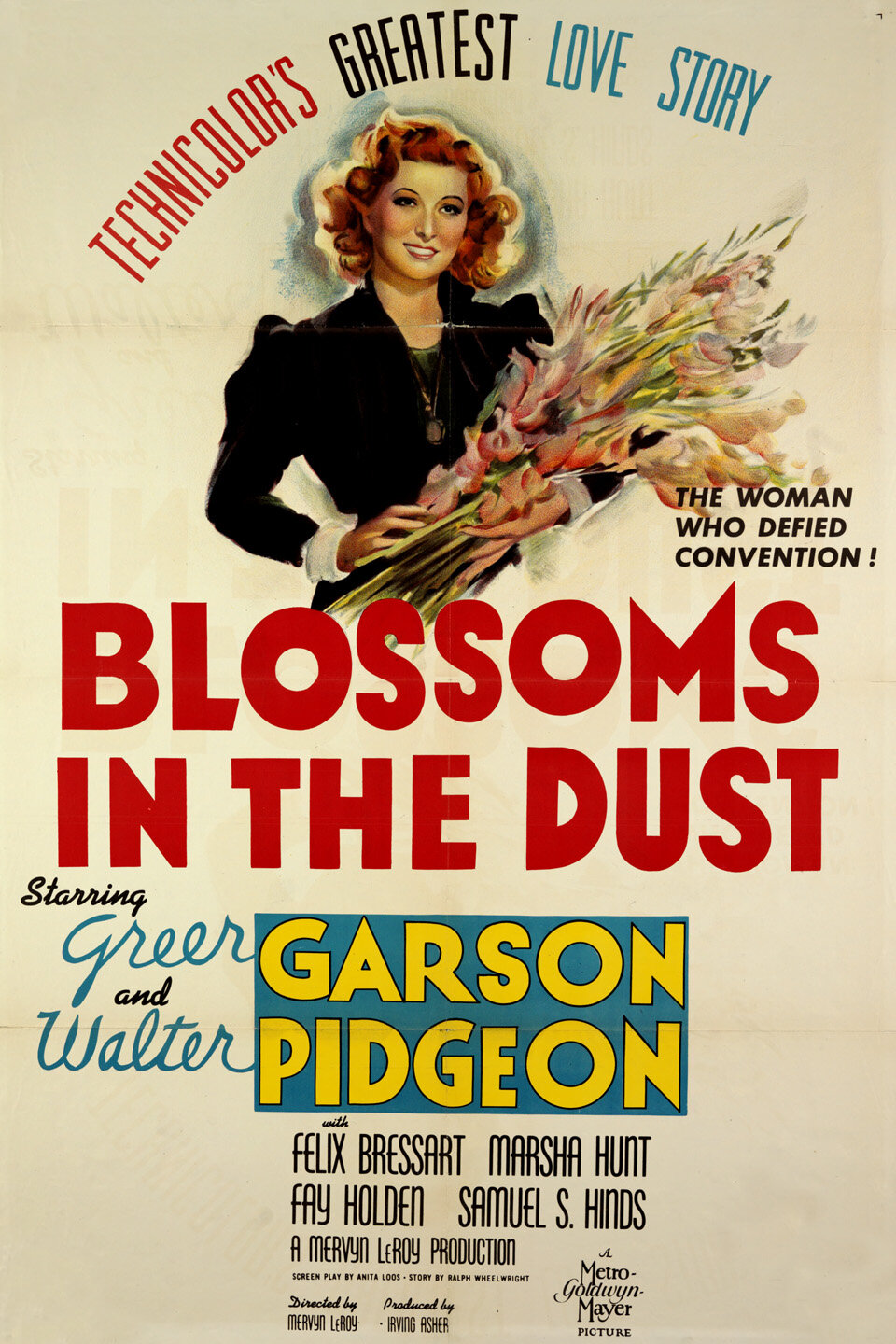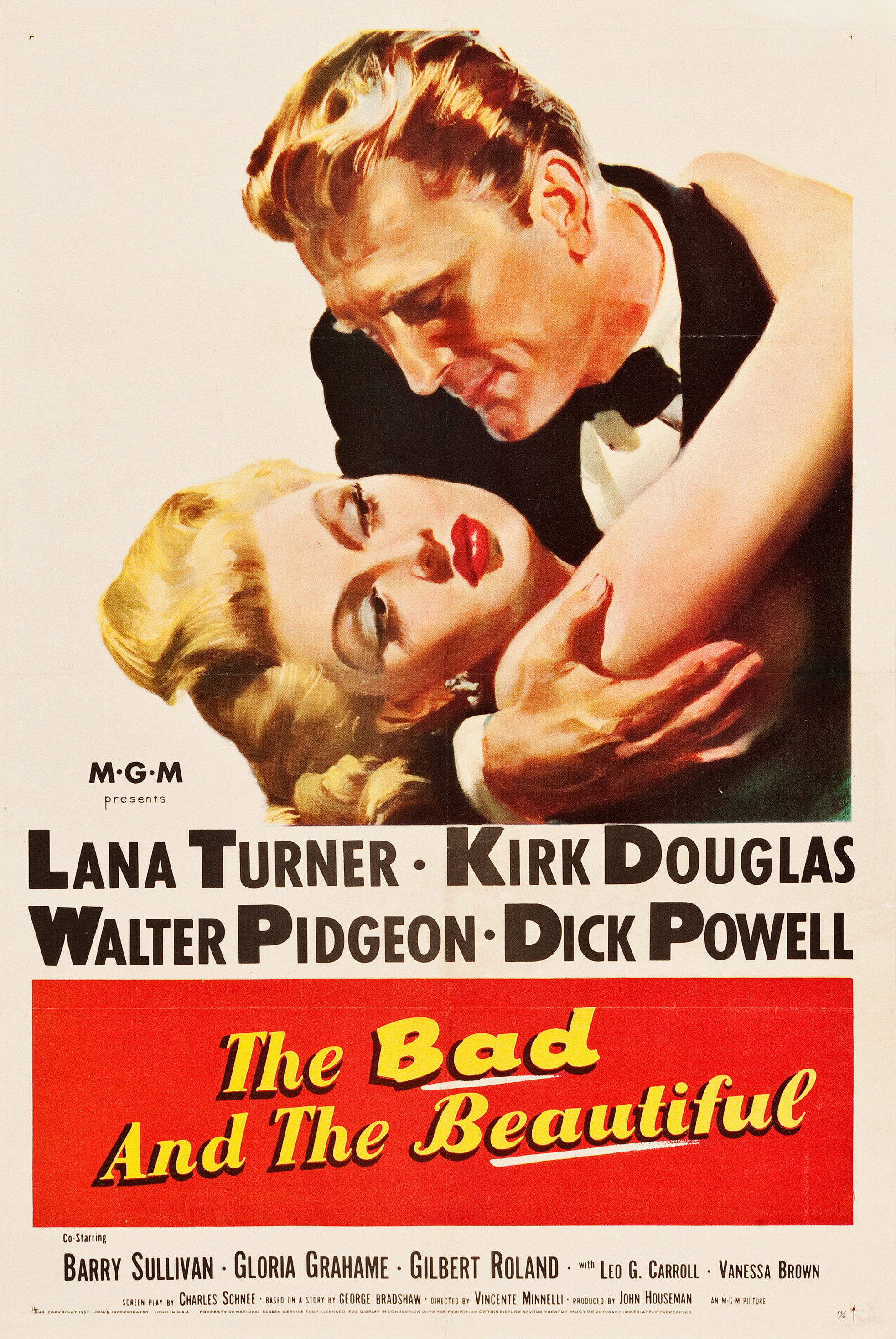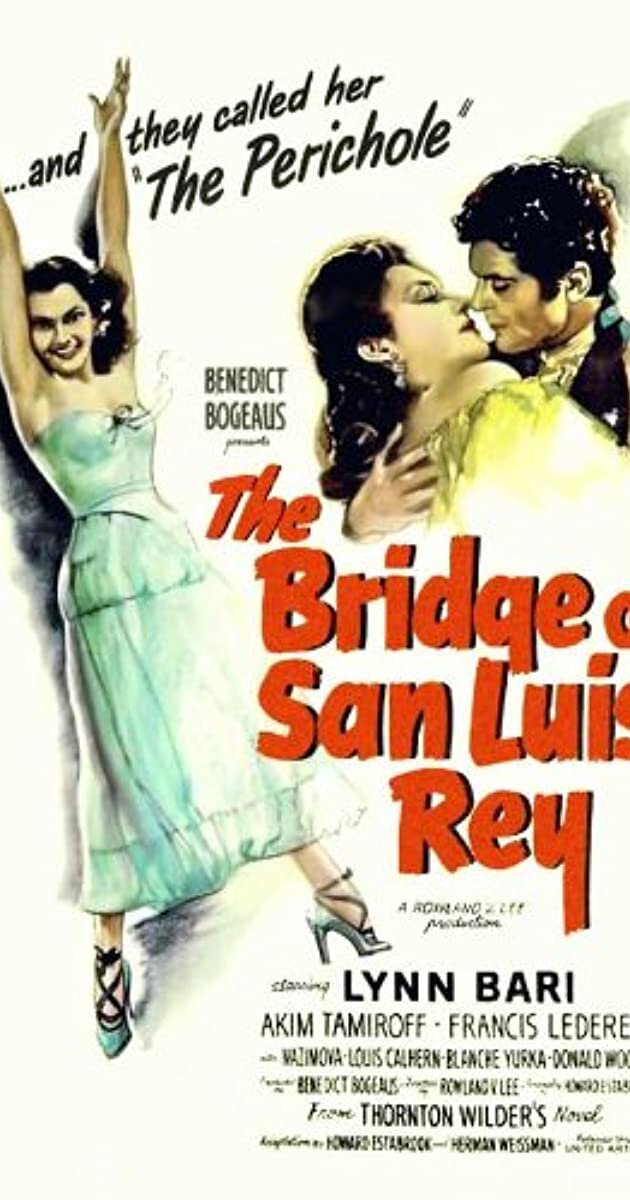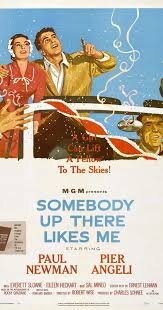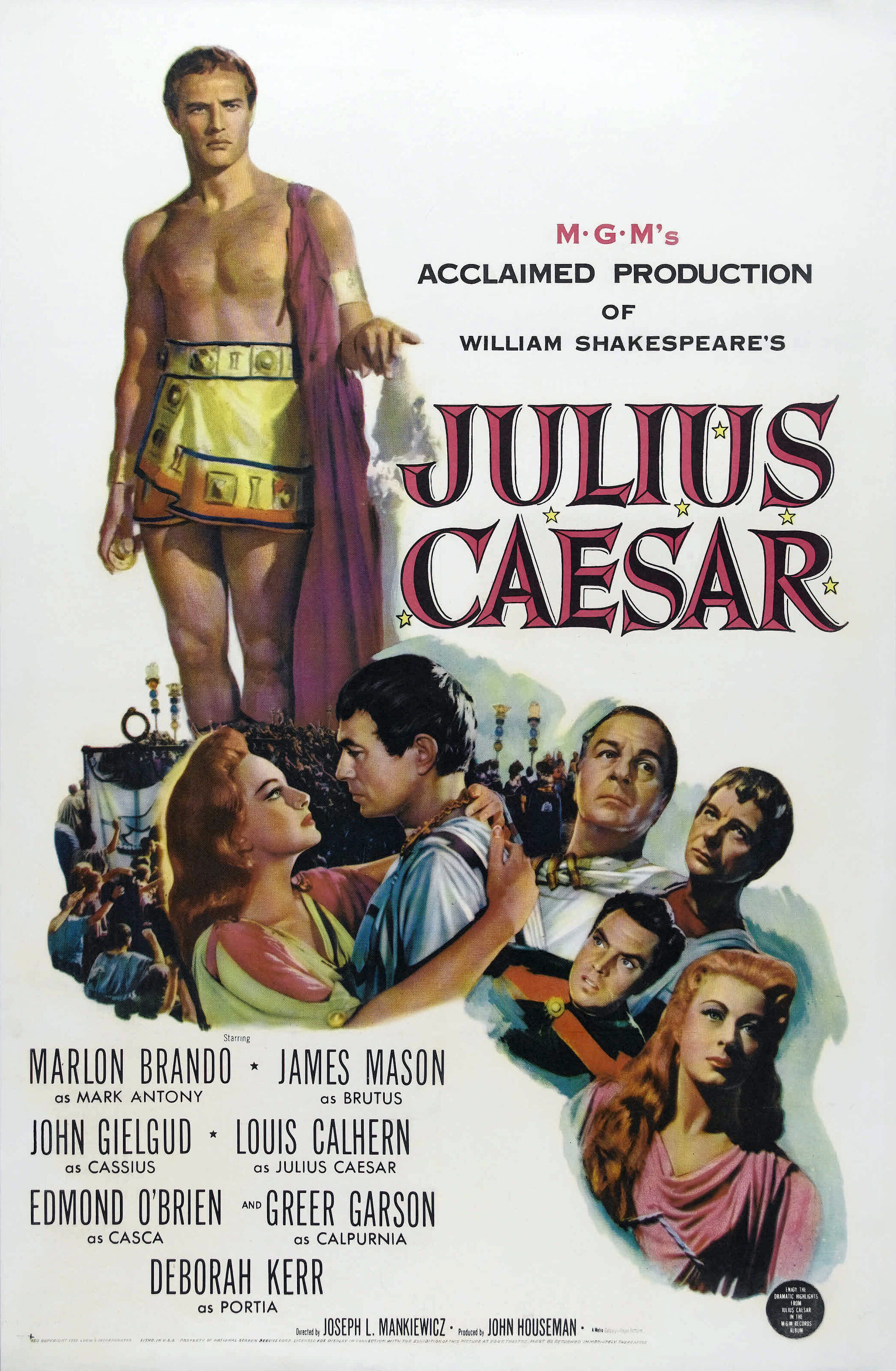About
Cedric Gibbons has been called arguably the most important art director in the history of American cinema. Gibbons, born March 23, 1890 in New York, NY, began his work as supervising art director for MGM studios in 1924, where he has contributions to over 1,500 films, and direct credit for roughly 150. Gibbons was nominated by the Motion Picture Academy of Arts and Sciences for 37 Academy Awards and won 11, but only one was for a film that he had designed alone, The Bridge of San Luis Rey (1929). He was most noted in film history for replacing painted scenery with three-dimensional furnishings.
Gibbons' set designs, particularly those in such films as Born to Dance (1936) and Rosalie (1937), heavily inspired motion picture theater architecture in the late 1930s through 1950s. The style is also found in the theaters that were managed by the Skouras brothers, whose designer Carl G. Moeller used the sweeping scroll-like details in his creations. Among the more classic examples are the Loma Theater in San Diego, The Crest theaters in Long Beach and Fresno, and the Culver Theater in Culver City, all of which are in California and some extant.
The style is sometimes referred to as Art Deco and Art Moderne.The iconic Oscar statuettes that Gibbons designed, which were first awarded in 1929, are still being presented to winners at Academy Awards ceremonies each year.
In February 2005 Gibbons was inducted into the Art Directors Hall of Fame.[29]

